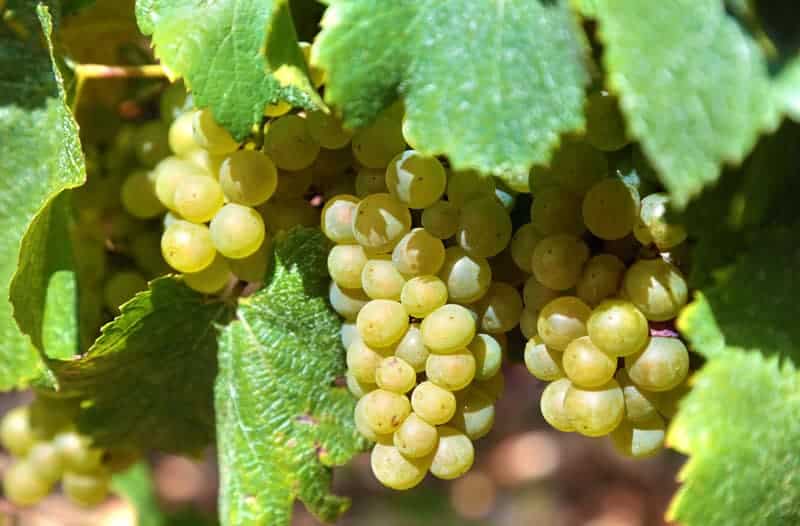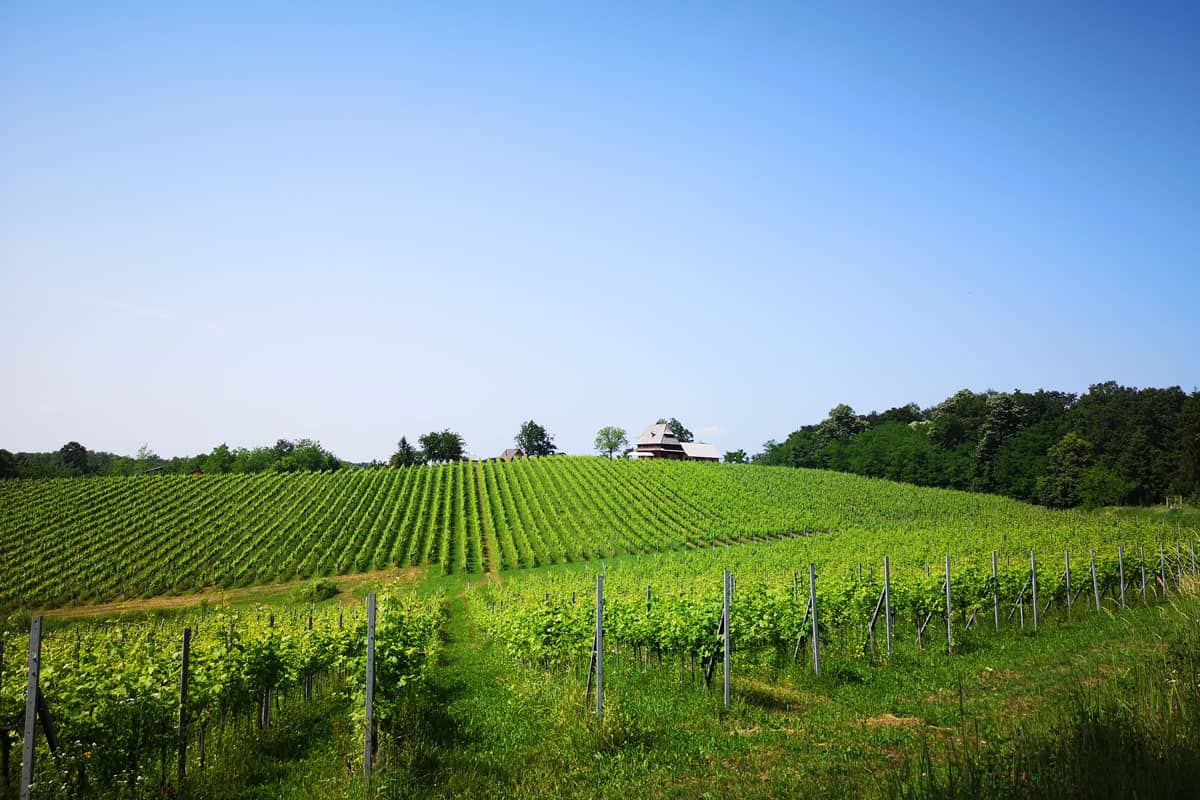You should give up Chardonnay and get addicted to Graševina wine!
At some point, the wine-drinking clique got so fed up with Chardonnay that the term ABC was coined. This abbreviation stands for Anything But Chardonnay.

It’s no coincidence that Chardonnay is one of the most planted varieties in the world. Some argue that Chardonnay literally became a synonym for a dry white wine as it grows everywhere and people around the world enjoy it.
But, why is it so popular around the world? First of all, it is a relatively low-maintenance grape variety and disease control is more efficient. There are many practical solutions available for Chardonnay in terms of vineyard management. 
Secondly, its aroma and flavor are not too expressive and although they depend on the climate conditions and sometimes the respected terroir, of course, they also depend very much on the winemaker’s taste and desired design. When we think of a mainstream Chardonnay, what comes to mind is relatively fresh and fruity, medium to fuller-bodied wine, commonly with buttery and vanilla notes achieved by malolactic fermentation and oak usage.
Such Chardonnays are very versatile wines. Want to have a grilled fish or perhaps a stuffed turkey breast filled with collard and Epoisses cheese on white polenta with slices of an avocado marinated with herb-infused sauce and dressing of soy-coconut emulsion… no problem. Good old Chard can go along.
In Croatia, Chardonnay grapes are grown in every wine region – continental as well as coastal. These are very popular in fine dining.
Of course, when you say Chardonnay, it rolls on the tongue beautifully… shaa-duh-nay sounds like some Elven magic doesn’t it. It makes you sound so sophisticated like you just cast a spell of finesse and wellbeing.
On the other hand, grah-sh’vin-ah sounds like you’re demented and having a psychiatric episode. Sometimes it feels that way too, in case you irresponsibly consume some homemade stuff 🙂
However, what is Chardonnay to the world that is Graševina to Croatia? And more. One in every five vines grown in Croatia is Graševina.
Interesting fact: Chardonnay also, sort of, originates from Croatia genetically 🙂 It is proven that Chardonnay is a cultivar that we got back in the day from crossing Pinot and a Croatian (Pannonian as a likely origin) variety Belina Bijela, aka Gouais Blanc. Although an extinct curiosity, this variety is still present in some old vineyards.
Perhaps you have tried Graševina under its other names: Welschriesling, Olasz Riesling, Riesling Italico, Laški Rizling, or others. These are the synonyms for Graševina the same way Graševina is a synonym for white wine in Croatia.
So, one could argue that Graševina is perceived in Croatia as Chardonnay in the rest of the world – a top-of-mind dry white wine (drank in large quantities ;)).
Another similarity between the two is that the style of Graševina wine greatly depends on the desired style of the winemaker, so you can find: dry, off-dry, and sweet Graševina. Also, Graševina gives very good results as an amber/orange wine. What about bubbles? Yes, there is a sparkling wine from Graševina as well.
Most often, Graševina is a dry white wine of golden-green (hay) color with aromas of green apple or pear, but sometimes the chamomile or other floral aspects. In general, it also has nice acidity and it pairs nicely with various foods.
So, why should we give up “Chardonnay”? We are talking about the prevailing practice. To produce modern wines from old native varieties. And if they all resemble “Chardonnay”, what’s the point right?
So, it’s not Chardonnay per se we’re suggesting we should drop. It’s the design by which the wines all look alike.
Ironically, most appreciated Chardonnay wines don’t even carry a Chardonnay name on the label. Yet, some of those Chablis or Montrachet wines represent the finest expression of terroir conceivable.
Instead of broad generalization, we could seek out wines with a unique identity. Here you can find our selection of Graševina! And why not a Chardonnay as well…
Cheers!



















